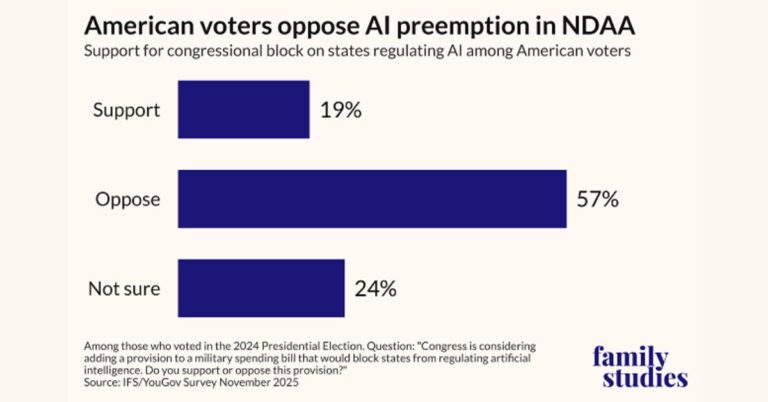Nokia FTTH digital twin and AI in Altiplano boost reliability
Nokia has introduced a fiber-to-the-home (FTTH) digital twin and AI-powered applications inside its Altiplano platform to give operators a unified view of active and passive assets and to improve reliability with faster, first-time fixes.
Unified view of active/passive fiber assets
The core launch centers on creating a digital twin of the FTTH network that stitches together live data from active elements (OLT/ONT, IP edge, customer premises equipment) with outside-plant passive infrastructure (ducts, cables, splitters) maintained in inventory and geospatial systems. By synchronizing topology, resource, and service data into one model, Altiplano continuously validates what is deployed versus what is recorded, closing chronic gaps that drive repeat truck rolls, service delays, and cost overruns.
Nokia says the digital twin works across greenfield and brownfield builds, supports diverse inventory and GIS tools, and comes pre-integrated with the Broadband Easy digital platform for automated rollout and operations. The result is better situational awareness: planners, NOC teams, and field engineers see the same reality, enabling quicker root cause isolation, fewer escalations, and more accurate future expansions.
AI for fiber health monitoring and line identification
Two new Altiplano Marketplace applications operationalize the twin. The Fiber Health Analyzer applies analytics and machine learning to monitor link quality, detect degradations, correlate alarms to physical assets, and recommend remediation before customer experience is hit. The Subscriber Line Identifier validates splitter connectivity and helps reconcile in-field connectivity with inventory, minimizing disruption while updating records in real time.
Together, these tools target the highest-impact operational pain points: early anomaly detection, automated topology audits, faster root cause analysis, and improved first-time fix rates. For CTOs, that translates into lower mean time to repair, fewer missed SLAs, and higher capital productivity from existing plant.
Why FTTH digital twins and AI are critical now
FTTH networks are scaling in complexity and reach, making blind spots in the outside plant an unacceptable operational risk and cost driver.
Outside plant visibility: the reliability bottleneck
Operators have invested heavily in automation of active equipment, yet passive assets remain fragmented across spreadsheets, legacy inventory, and GIS layers. The result is mismatched records, incorrect splicing maps, and uncertainty about actual splitter-to-subscriber connectivity. Every discrepancy adds minutes to diagnostics, fuels repeat visits, and inflates OPEX. As build programs accelerate to meet broadband targets and subsidy timelines, these inefficiencies become material to P&L and customer satisfaction.
Toward autonomous fixed access operations
Digital twins and AI close the loop between planning, design, deployment, assurance, and optimization. By correlating telemetry with geospatial context, operators can shift from reactive trouble tickets to proactive maintenance and intent-driven workflows. This mirrors the trajectory seen in RAN and transport domains and positions fixed access for autonomous operations—critical as networks migrate from GPON to XGS-PON, 25G PON, and, eventually, 50G PON where error budgets tighten and service diversity widens.
How to deploy Nokia’s FTTH digital twin and AI apps
To maximize impact, treat the FTTH digital twin and AI apps as a lifecycle program spanning Day-0 design through Day-2 assurance.
Day-0/1: design, build, and activation accuracy
Use the twin to validate network designs against real-world constraints in GIS, ensure splice plans align with materials on hand, and automate acceptance testing at turn-up. As-built updates can flow automatically into inventory, reducing manual reconciliation and improving downstream service qualification. During mass activations, the Subscriber Line Identifier can confirm splitter and port mapping, minimizing failed installs and cutting activation intervals.
Day-2: assurance and proactive maintenance with Altiplano
In operations, feed Altiplano with telemetry from OLTs/ONTs and correlate with the passive topology. The Fiber Health Analyzer can flag microbends, aging connectors, or environmental impacts before they become outages, prioritize work orders by subscriber or service criticality, and recommend the least-disruptive fix. Track outcomes via KPIs such as mean time to detect/repair, repeat truck rolls, inventory accuracy, and first-time fix rate.
Integration, data quality, and security foundations
Plan integrations with existing OSS/BSS, inventory, and GIS via open interfaces (e.g., TM Forum Open APIs, NETCONF/YANG models where applicable) and establish data quality governance—ownership, synchronization cadence, and reconciliation rules. A federated approach can minimize data duplication while still giving Altiplano the context it needs. Ensure role-based access controls and audit trails are in place, as the twin will centralize sensitive plant and customer topology.
Early adopters and deployment results
Initial adopters illustrate where the digital twin and AI can pay off fastest—in high-growth builds and in underserved areas where field resources are stretched.
fibertime South Africa rollout: early outcomes
South African provider fibertime is extending fiber broadband to hundreds of thousands of additional homes as part of an ambition to reach two million by 2028. The operator is combining Nokia’s IP and fiber access technologies while leveraging Altiplano’s automation and AI apps to speed rollout and improve service assurance. In semi-mobile and underserved deployments where access to sites can be challenging, earlier detection and faster resolution directly reduce OPEX and improve user experience.
Multi-vendor readiness and interoperability
While Altiplano is a Nokia platform, the stated compatibility with diverse inventory and geospatial systems is important in multi-vendor PON environments. As operators mix OLT/ONT vendors and migrate across GPON, XGS-PON, and higher-speed variants, watch for robust interoperability roadmaps, alignment with Broadband Forum specifications, and support for heterogeneous telemetry streams. Equally important is how well the digital twin ingests construction data from contractors to keep records current.
KPIs, closed-loop automation, and buying considerations
Technology is only half the story; measurable outcomes, openness, and operational change will determine impact.
KPIs and closed-loop automation goals
Expect operators to target tangible gains: higher inventory accuracy, fewer repeat visits, shorter repair times, and reduced SLA penalties. The next milestone is closing the loop—automating not just detection and diagnosis but also fulfillment actions (e.g., dynamic path changes, automated trouble ticketing and field dispatch) with clear guardrails and explainability of AI decisions.
Buyer checklist for CTOs and network teams
Prioritize multi-vendor support across OLT/ONT and IP layers; deep GIS integration; open APIs; brownfield scalability; data governance; AI transparency; and the ability to simulate changes safely in the twin before touching the live network. Validate TCO with realistic assumptions on data cleansing and process change, and require outcome-based metrics in contracts.
Bottom line: blending a geospatially aware digital twin with AI-driven assurance inside Altiplano gives operators a practical path to more reliable, lower-cost FTTH at scale—and sets the stage for autonomous fixed access in the PON era.








































